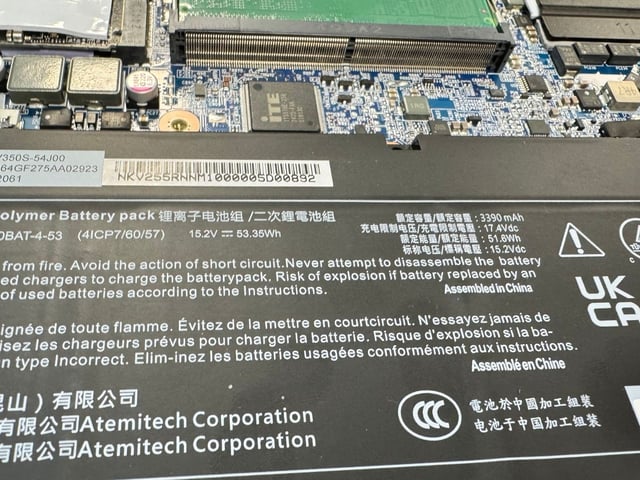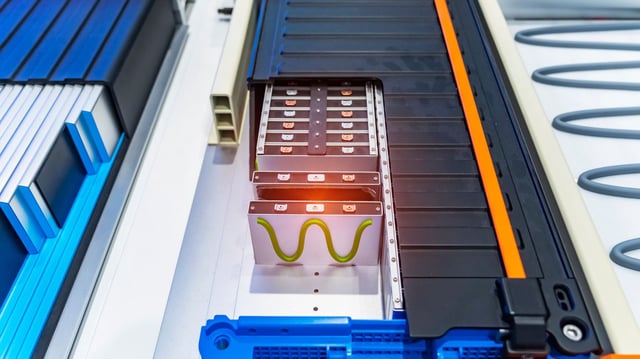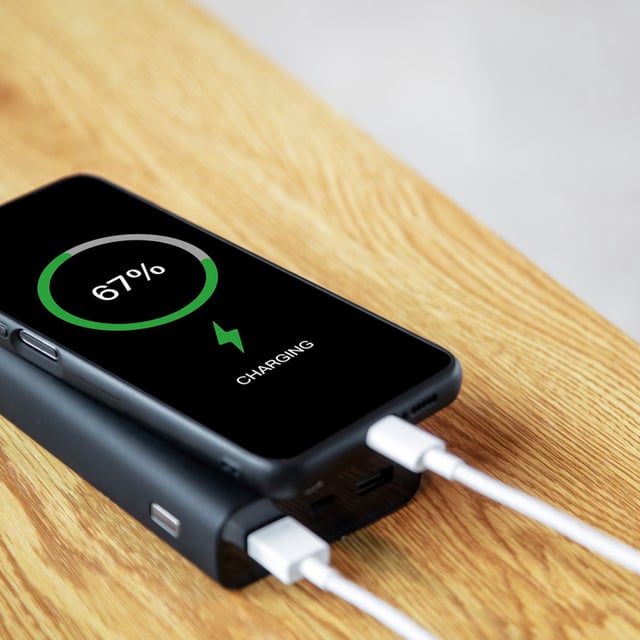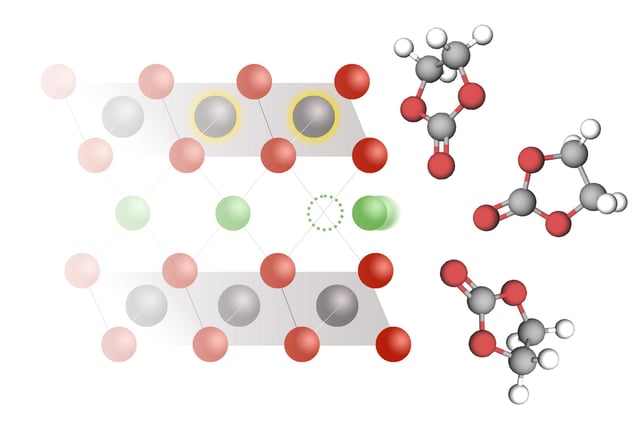Overview
- Systematic measurements using short voltage bursts across more than 50 electrolyte–electrode pairs found intercalation rates far lower than prior reports and inconsistent with Butler–Volmer predictions.
- The Coupled Ion–Electron Transfer mechanism holds that lithium inserts only as an accompanying electron reduces the host, making the electron-transfer step the true rate controller.
- Experimental data validated CIET’s mathematical framework for materials including NMC used in electric vehicles and LCO used in consumer electronics.
- Altering electrolyte composition, including swapping anions, tuned kinetics and lowered the energy barrier for coupled ion–electron transfer.
- The work, led by MIT with senior authors Yang Shao-Horn and Martin Bazant, was published in Science and funded by Shell and the Toyota Research Institute through the D3BATT Center.



